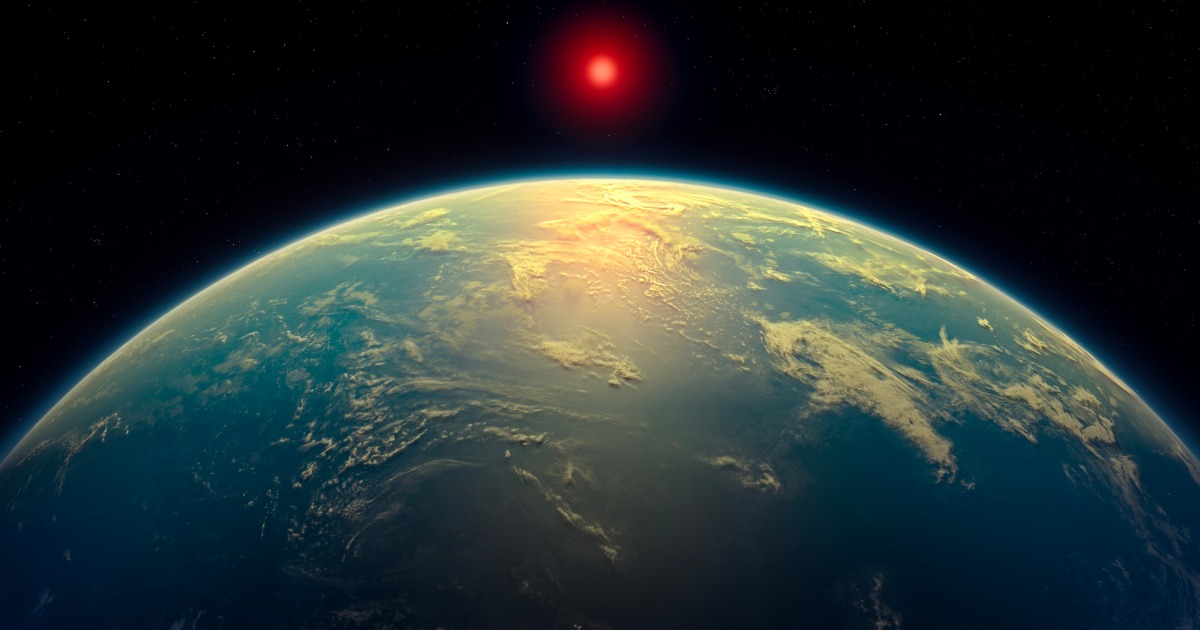
Nimbus-7
Nimbus-7 was a sun-synchronous polar-orbiting satellite launched by NASA in 1978. It was designed to collect data on the Earth's atmosphere, oceans, and land surfaces. The satellite carried a suite of instruments including the Stratospheric and Mesospheric Sounder (SAMS), the Limb Infrared Monitor of the Stratosphere (LIMS), and the Coastal Zone Color Scanner (CZCS). SAMS measured temperature and pressure in the upper atmosphere, while LIMS measured the distribution of ozone and other gases in the stratosphere. CZCS provided information on the color of the ocean, which could be used to determine the concentration of phytoplankton and other organic matter. Nimbus-7 operated for over a decade, providing valuable data for climate research and weather forecasting.
Your Previous Searches
Random Picks
- Propellants: Propellants are the chemical substances used to create thrust in rockets and other spacecraft. They are typically composed of a fuel and an oxidizer, which when combined, undergo a chemical reaction that produces hot gases that are expelled ... Read More >>
- Light: In space and astronautical engineering, light refers to electromagnetic radiation that is visible to the human eye. Light is an important aspect of space exploration as it is used to gather information about celestial objects and their prop ... Read More >>
- Asteroid: An asteroid is a small rocky object that orbits the Sun. Most asteroids are found in the asteroid belt, a region between Mars and Jupiter. They are also found in other parts of the solar system, including near-Earth space. Asteroids are rem ... Read More >>
Top News

This week on "Sunday Morning" (April 20)...
A look at the features for this week's broadcast of the Emmy-winning program, hosted by Jane Pauley....
News Source: CBS News on 2025-04-17

Scientists detect strongest hints yet of life on a distant planet...
Scientists have detected unique chemical patterns similar to those produced by the Earth's algae and seaweed — raising the possibility of the presence of a warm ocean, perhaps teeming with life, on ...
News Source: NBC News on 2025-04-17

Is there life on another planet? Scientists find the strongest evidence yet...
Near a planet far, far away astronomers have found traces of chemicals that on Earth are only produced by living beings....
News Source: Al Jazeera English on 2025-04-17

Scientists find strongest evidence yet of life on an alien planet | CNN...
In a potential landmark discovery, scientists using the James Webb Space Telescope have obtained what they call the strongest signs yet of possible life beyond our solar system, detecting in an alien ...
News Source: CNN on 2025-04-17
Katy Perry's trip to space wasn't inspirational. It was tone-deaf marketing....
Katy Perry indulged in a space tourism trip Monday, courtesy of Jeff Bezos' company. It's the latest in a long line of missteps for the singer....
News Source: Business Insider on 2025-04-14